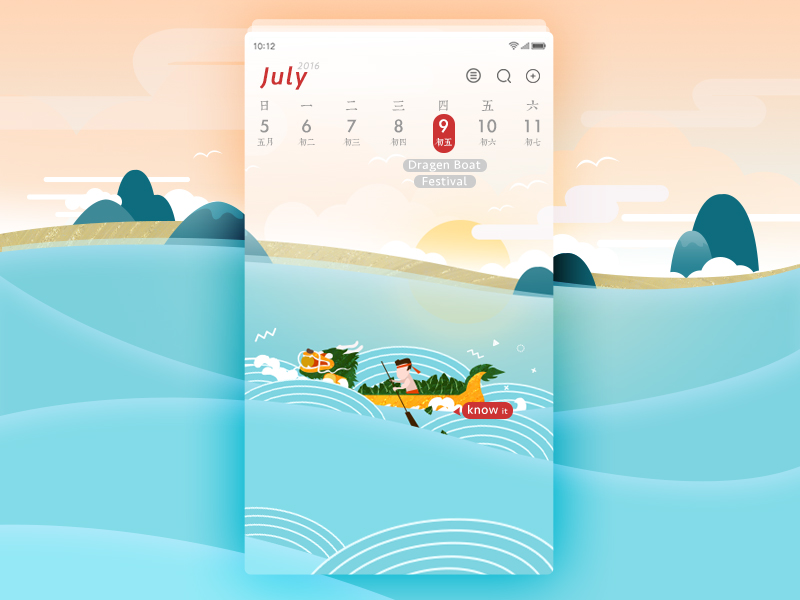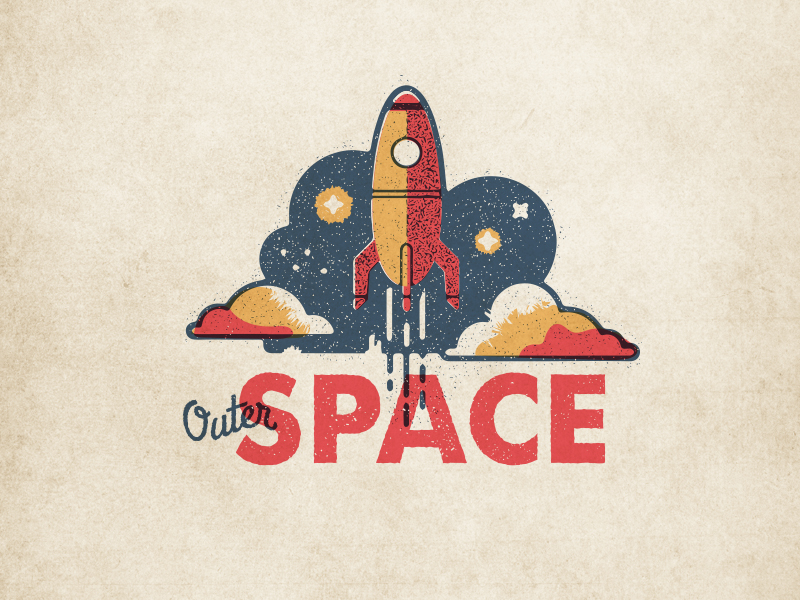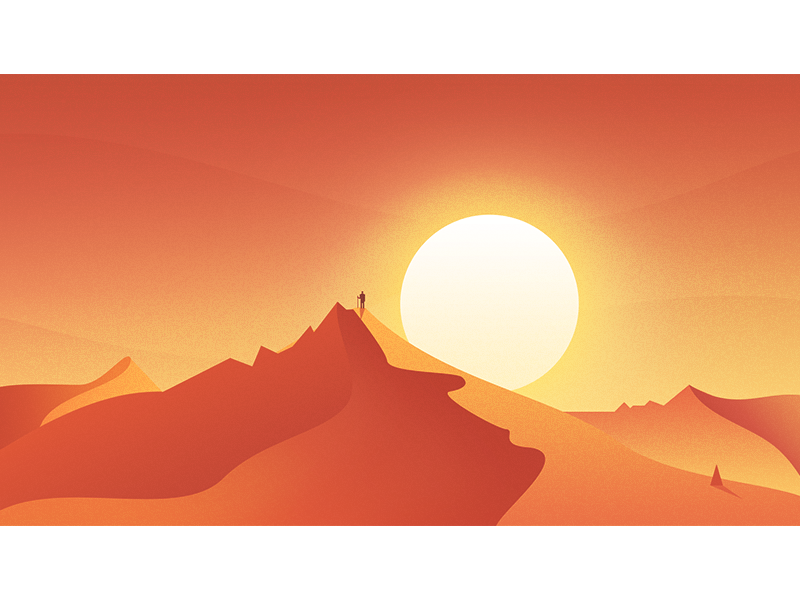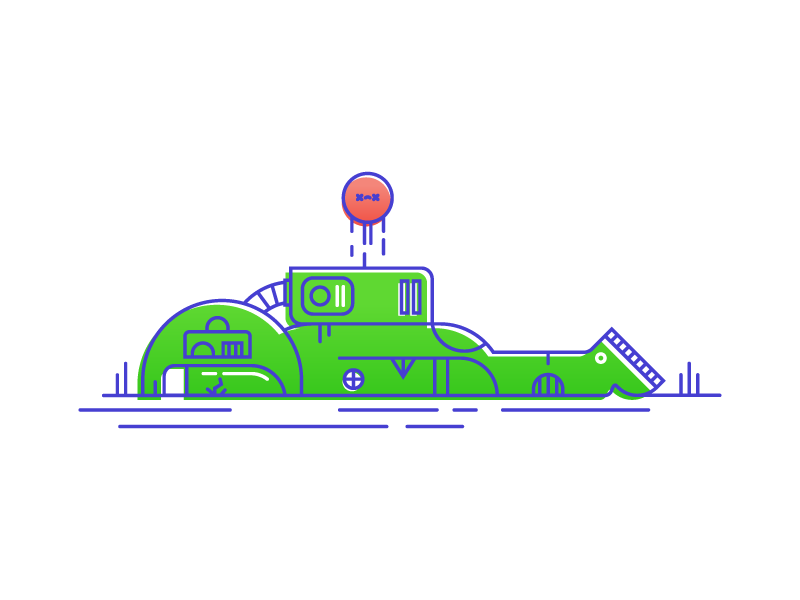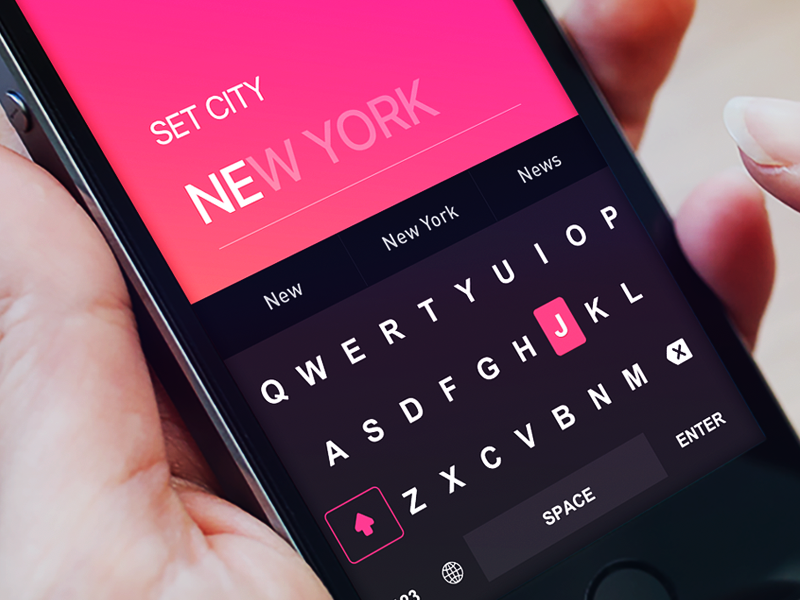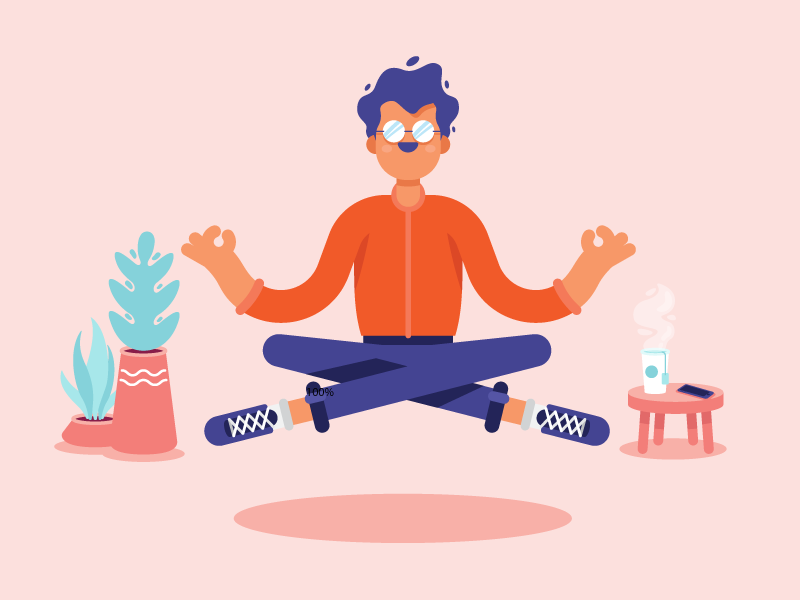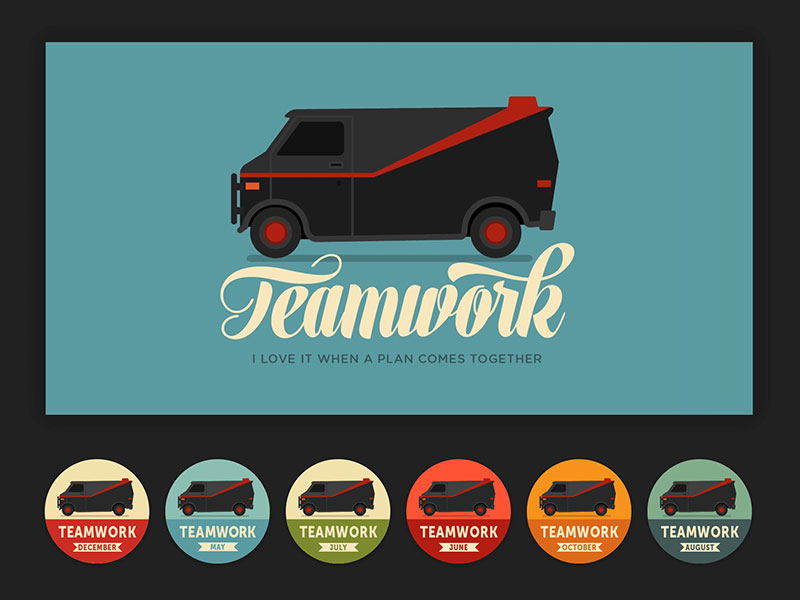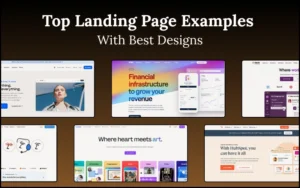Is it really a designer’s job to code? The discussion has been around for quite a while, spreading the question on many blogs, conferences, and social networks. One of the potential reasons is that developer designer collaboration happened to be one of the most successful design solutions ever. The collaboration of web developer and designer is crucial.
Then, why not include them? As sad as it sounds, designers happen to be egoistic, and to develop some kind of ‘elitist’ behavior towards their projects. They believe developers are not qualified enough to help, which is actually a big misconception.
While it stands that not everyone can make great web designs, an equally great design idea can come from a place you never expected it. As an educated designer, you’re probably the best one to come up with a creative solution, but this doesn’t mean you should exclude everyone else, and discard their contribution.
In fact, it could happen that you’ll face a serious creativity blockade, and you will really need to swallow pride and include developers in the discussion.
Still, what nobody seems to trigger is a discussion on a developer’s involvement in the design of a particular project. As a designer, you should probably know it is a real pity not to design with your developer, because of the incredible contribution he could ensure.
Image source: Amber XU
Table of contents
- Going For Goals You Cannot Accomplish
- A Good Developer Is Supposed To Show Us Our Limits
- Developers Are Not Unfamiliar With Design Solutions: They Make Them All The Time
- Sense Of Ownership Of Web Developer And Designer
- Choosing An Appropriate Time To Bring A Designer In
- Final Thoughts: Web developer and designer
Going For Goals You Cannot Accomplish
Image source: T. Blake Littwin
One of the most serious consequences you could face by not including a developer in your design is failing to make the design functional. Designers know what to do, but they are not always sure that their solutions are capable of becoming products, or are actually ‘makeable’.
In such case, a web developer and designer will have to appear on the scene; and deal with the technical complications you’ve already created. Not even to mention that solving such problems takes time, effort, and money. And it all happens because you were too proud to ask for help!
You might have an insight on how web development works, but you can hardly have the expertise. Failing to consult a developer can cause detrimental consequences for your client’s business; especially if the design fails to meet essential functionality expectations.
For instance, it may happen that you changed/added a button that the developer knows nothing about. The button will obviously affect the UI quality, because the entire processing power or server architecture would have to be changed and adjusted in order to preserve that button.
Image source: Claudio Guglieri
As you see it yourself, failing to consult the developer can have disastrous effects. You may even face a situation where a design is impossible to build, or it comes with so many technical complications that it will take lots of revisions and modifications to become usable.
Its true-developers are not always friendly and collaborative, and there could be a serious mismatch between what you want and what you expect. Still, resist the temptation to take absolute control of your design, and give them a chance to examine it before it is presented to the client.
If there is something too complicated or impractical, they will let you know. In such way, you’ll avoid unnecessary complications in the communication with your clients.
What could also be a good idea is to learn the basics of web technology, and the tools and methods that are usually applied by developers.
Also read: Sleek Web Design Trends and Strategies
A Good Developer Is Supposed To Show Us Our Limits
Image source: kawen
Web developer and designer don’t simply tell us which ideas are infeasible. They bring back those ideas we dismissed, believing that they could not be executed.
Sometimes, we discard great ideas as being impossible, just because of our lack of technical knowledge or because we’ve found a simpler solution to substitute them.
The reaction of the developer could be very diverse: he could resist accepting your idea, or he could consider it and produce something that will go beyond your expectations. It is a precious insight you wouldn’t have had you failed to consult and include the developer.
Also read: Online Resources to Learn Web Design
Image source: Jason Smith
Including a developer has other advantages too; for instance, it increases your knowledge and familiarity with web development. You can go on being a great designer, but this knowledge won’t hurt: in fact, it may open some professional doors for you!
The way we see it, clients find it much easier to hire one person with many specializations, than to look for specialists from many different fields. It means you would be a valuable asset to every company. Just because you decided to go for cross-collaboration with a developer.
Check out this blog to learn about best practices for website design.
Developers Are Not Unfamiliar With Design Solutions: They Make Them All The Time
Even when you don’t include them, they will have the final say on your design. Whatever decision they make, it will affect or at least ‘polish’ the project you’ve delivered to them. You’ve done a good job with your design. But it is very unlikely that you had the time to deal with all the nuances. They have to do that even when they are running out of time!
Also read: How Better Designs Can Improve Conversions on Your Website
Image source: Gleb Kuznetsov
Involving developers in the initial phase of your design will give them both time and expertise to make adequate, information-based solutions. You would be surprised how easy your job will become, as developers provide precious input to fill the gaps in your project.
Finally, when you include a developer in the design process, he feels more motivated to engage with the project and to take proper care of it.
As we already said, including a developer in a design procedure is not common. Usually, he appears only when the project is coding-ready. Most of the time, it means that designers missed a valuable opportunity to use his knowledge and will have to deal with the work of a complete stranger.
Obviously, the developer will not feel like it is his own project. Therefore, he will not invest effort with the same enthusiasm, as if he had been included earlier.
Also read: How You Can Easily Improve User Experience
Sense Of Ownership Of Web Developer And Designer
Image source: Tatiana Van Campenhout
Is it really worth to include a developer at the end of this large decision-making process? What if they actually had something to say? Receiving a coding-ready project will not create any emotional connection between a developer and a project. And it will not make the developer feel any type of ownership on the project.
Including them early, on the other hand, will help them appreciate your project more, and even come in peace with your most complicated ideas.
The thing that many designers want to know is how they could include a developer in their design project?
Choosing An Appropriate Time To Bring A Designer In
Image source: Nick Slater
The best thing is to invite them from the very beginning. Make sure they participate in discussion and design sessions. And they communicate with clients the same way you do. Make sure they receive all the versions of your project; and let them participate in the testing and exercising. The clients are also likely to appreciate this communication.
Even if you failed to invite a developer earlier, consult him before you take the project to the client. Ask him whether he thinks its good enough, or whether he needs to examine it before the handoff.
Agree with his estimation that a project cannot be coded. Do your best to embrace his advice, and come up with a more suitable solution. Still, make sure you leave them to do their job.
Also read: Ways Design Thinking Enhances Customer Experience
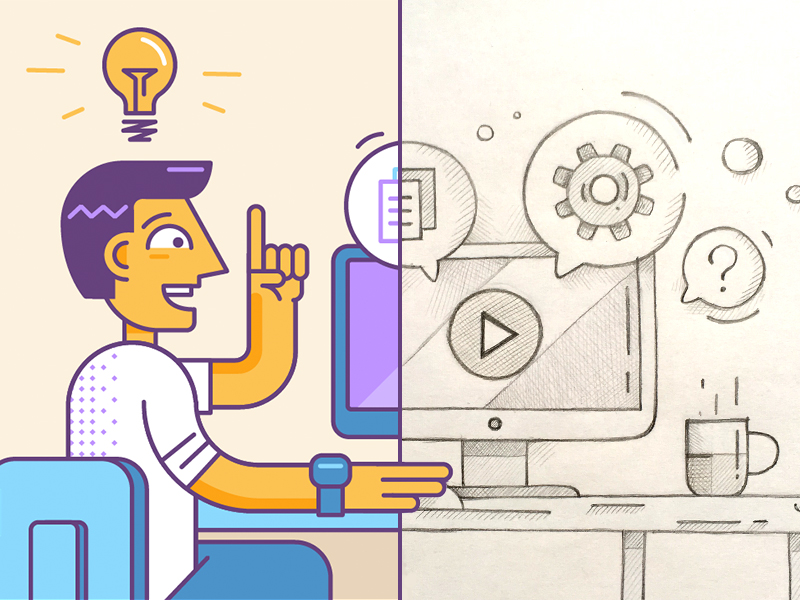
Image source: DAN Gartman
The more you contact them, and the more meetings you organize, the less time you will have to work on the project. Organize only those meetings that are really worth and necessary, and work together as much as possible. The more involved a developer is, the more you could benefit from his potential.
Also read: Learn The Top Web Skills For Exceptional Designing
Final Thoughts: Web developer and designer
Teamwork is a key towards the success of any project. There is no reason not to apply it in web design.
Image source: Eric Feitel
By working together, a designer and a developer eliminate many possible problems. A web developer offers great ideas on whether something could/should be implemented. He contributes to the overall quality of user experience.
These ideas are essential for the performance of the website; as they fill the gaps the designer neglected. When a developer is actually included, he feels appreciated and useful. And he starts thinking of that project as something worth of his best efforts.
Like this post? Check out more amazing web design content here.

